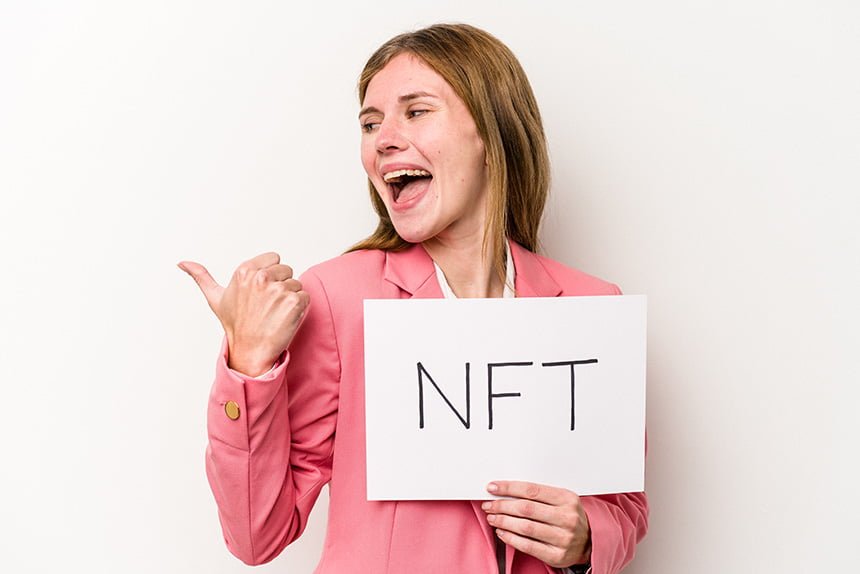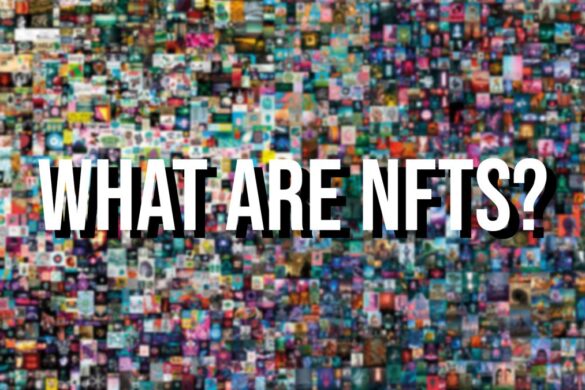Want to avoid fake NFTs?
How can you tell whether an NFT is fake? As non-fungible tokens gain popularity in the art world, more individuals are asking this subject. Fakes are becoming more prevalent as NFTs let many traditional and digital artists re-enter the art market.

What you need to know
- To begin, use the rule of thumb: if an offer looks too good to be true, it generally is. NFT prices are determined by supply and demand. It’s possible that an NFT is a fake if it’s much cheaper or more costly than similar NFTs from the same collection or category.
- A reverse Google image search can be used to verify the NFT’s legitimacy. Furthermore, the platform can authenticate collections and artists. If it’s the actual stuff, a blue checkmark will display next to its title.
- Finally, choosing the correct platform, preferably one with human moderators, is the greatest method to assure your NFT is legitimate.
Despite these issues, the artist is adamant that NFTs represent the ‘future of art.’ We’re living more and more digital lives, and NFTs allow us to bring the pictures we love into this environment – with a buyer experience that’s even better. It’s the only way to go forward.

It’s also beneficial to an artist’s bottom line. They can show whether or not their works are counterfeited, and they can specify conditions for receiving royalties if their works are resold in the future.



Add your first comment to this post